Aryan Incel
Apricot
- Joined
- Apr 30, 2025
- Posts
- 4,432
- Reputation
- 6,954
Intro
Before starting this is more a theory rather than solid advice.
Shoulder width is one of if not the most important factor in your physique. Most roiders can expect 2-3 inches of bideltoid growth.
Well what if I told you that you could gain an instant 1 inch of bideltoid width for relatively cheap (this can potentially be as effective as clavicle lengthening)?
You’d be amazed, well this is what filler can potentially do.
What benefits/ proof is there to these claims?
Unlike implants thst can look realistic due to imitating soft tissue rather than hard bone.
What do I have to back up these claims?
Well it is not an uncommon procedure to have as a women and just take a look at the results for yourself
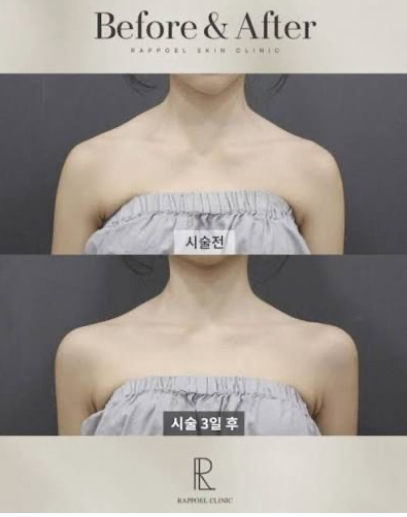
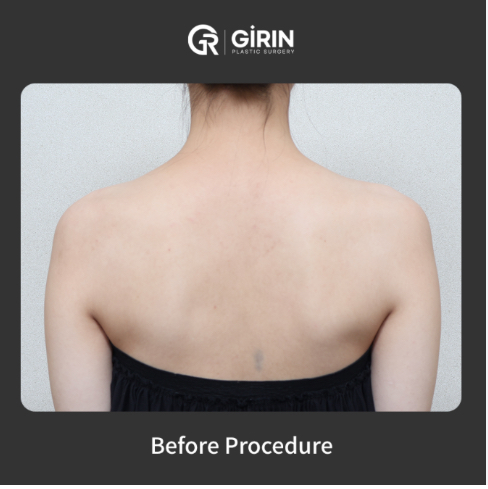
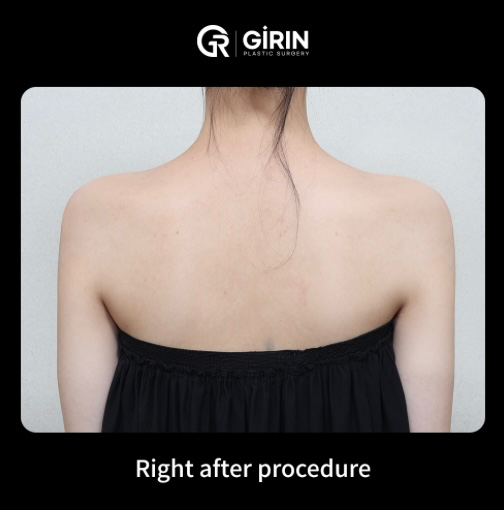
As you can see the results are actually pretty good. However the only before and after I have seen in men has been lackluster
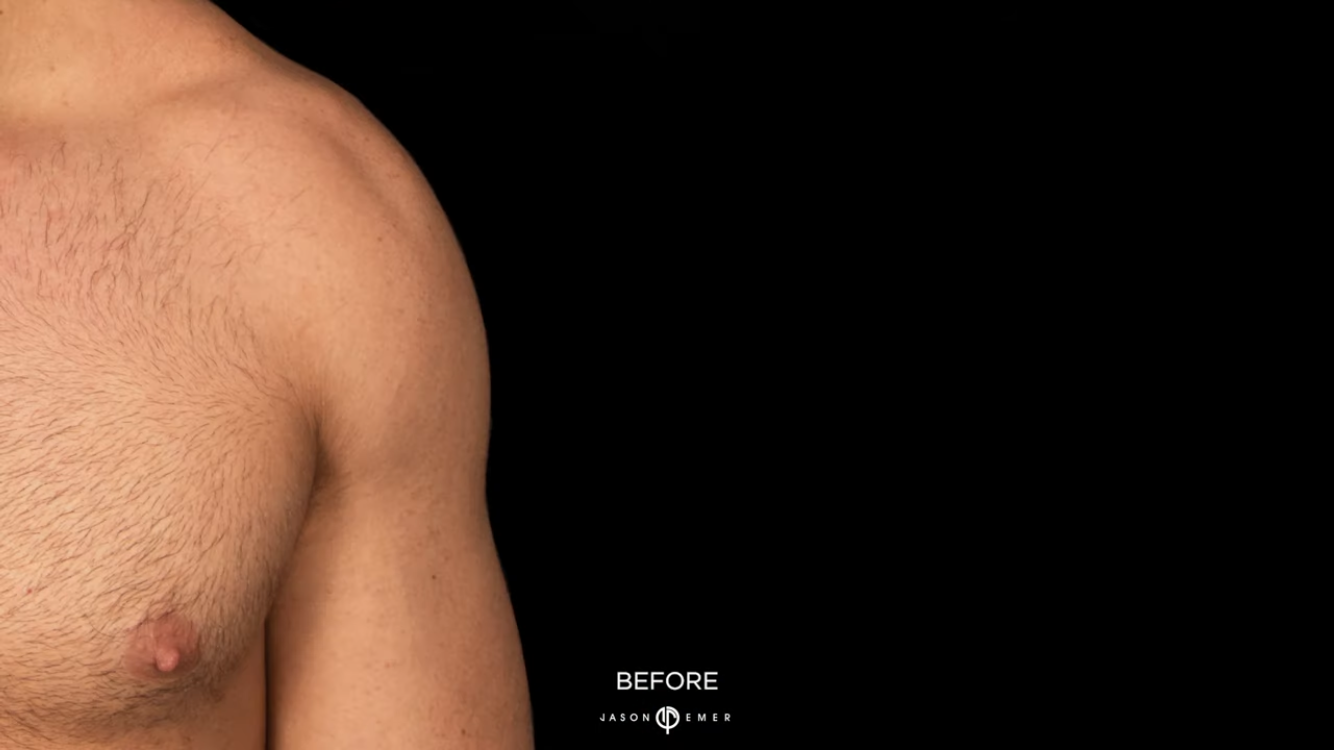
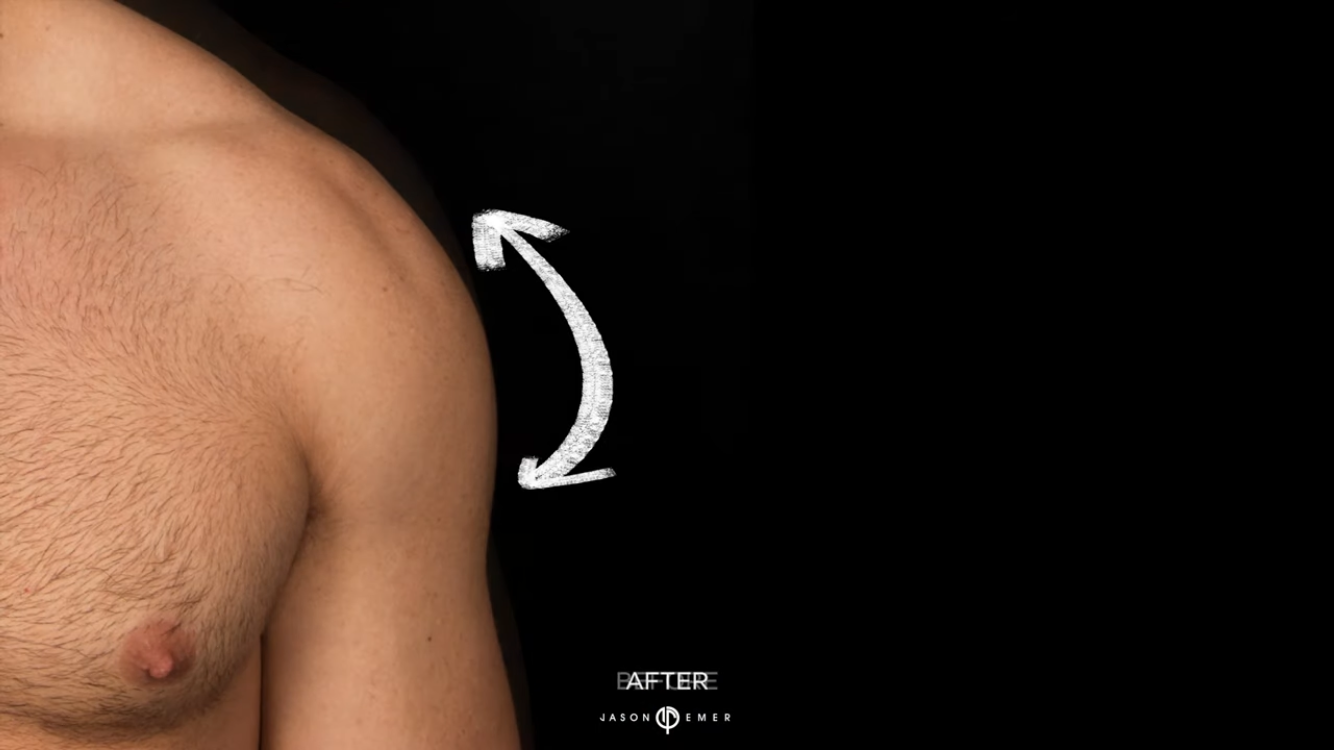
Still a difference but not quite as good as the women’s before and after pictures.
Well no study has actually done any real testing to determine the exact increase in bideltoid width but it is safe to say you could realistically gain an inch (so 1.25 cm each side)
Now what are the negatives
Well there are 3 main negatives to note.
The first one is less definition in the long run. This is mainly due to the fact that you have to use high amounts of filler to see results.
However how much does shoulder definition actually matter to the physique?
The answer is that it’s not even close to bideltoid width.
Another negative is that migration will probably be a problem you face. This due to the fact that you’re injecting high amounts of filler (15 cc+) and it’s in an area with high mobility. However this effect can be lessened by using harder and more viscous filler. As well as injecting deeper. Also does it really mattering.
As where could the filler actually migrate to?
At worst it could make your bicep less defined. But as stated earlier bicep definition doesn’t really matter for your physique when compared to something like bideltoid width.
A final negative is you have to use over 15 CC per shoulder which means it can be very expensive. A normal price of a clinic is £300 per ml. This means if you get it done professionally it can cost upwards of £10,000. This is why it’s imperative to use a filler that lasts a longer period of time. Otherwise it would be too expensive and not worth it.
How to do it?
I’m not saying do it diy, that would be stupid but rather to inform you what your doctor should do.
The shoulder is scattered with nerves
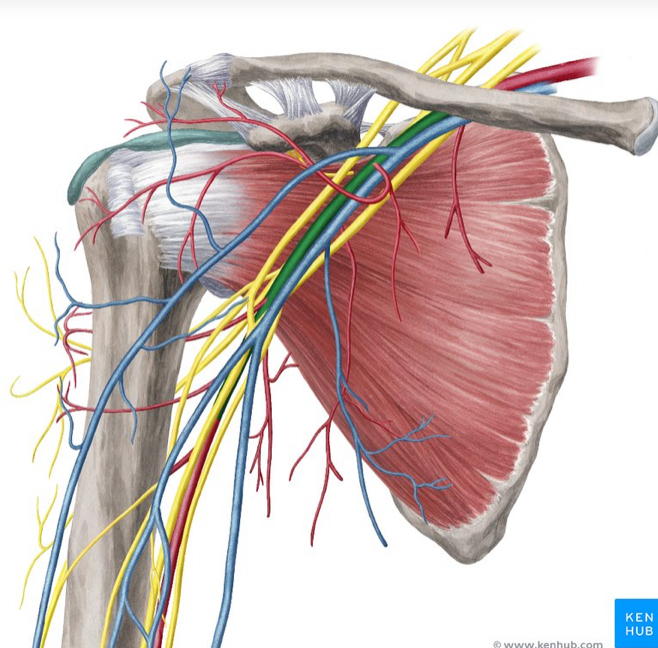
The main one being the axillary nerve
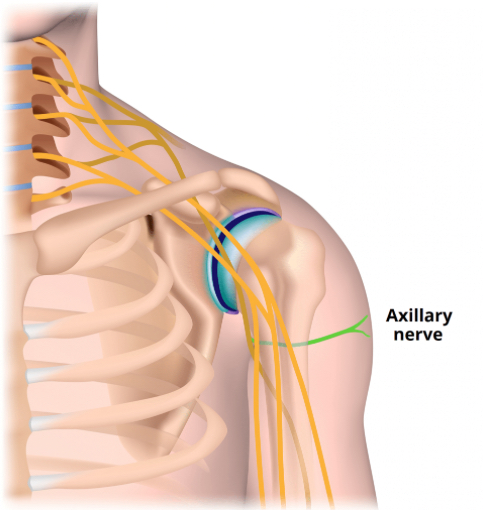
Luckily most of the nerves aren’t located where we are injecting in the shoulder.
How can you reduce the chances of nerve damage?
Inject small amounts at a time. This way if you do hit a nerve it will do less severe damage.
Check whereabouts the veins/ arteries are using ultrasound and Accuvein device.
Injecting into deeper layers. This is because it is moving the injection point away from superficial nerves, which are more vulnerable to direct needle injury or compression from filler.
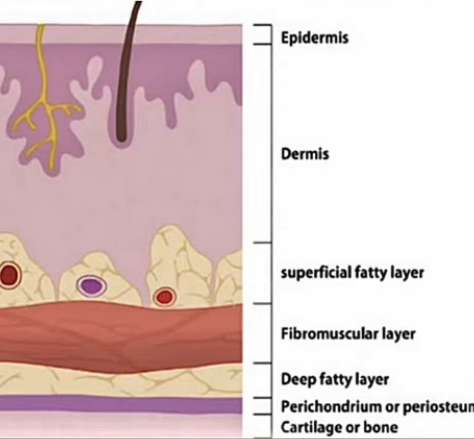
What type of filler/ needle is best?
The best type of filler to use in this situation is Poly-L-lactic acid (Sculptra) rather than Hyaluronic Acid (HA). This is due to the fact it has lower migration rates and lasts longer.
Even though it has a higher upfront cost in the long run it is cheaper due to HA only lasting about 6-12 months compared to Sculptra lasting 2-3 years or even longer in some cases.
Another negative is it’s harder to reverse meaning if they make a mistake it can potentially not go away.
A final thing is that you won’t see instant results like you would HA. This is due to the fact it takes collagen many months to develop.
Your goal of where to inject is into the deep fatty layer or fibromusclar area. This is because the goal is to stimulate collagen in the fibrous tissue layer (between skin and muscle). Injecting too deep into muscle reduces collagen effect of Sculpta.
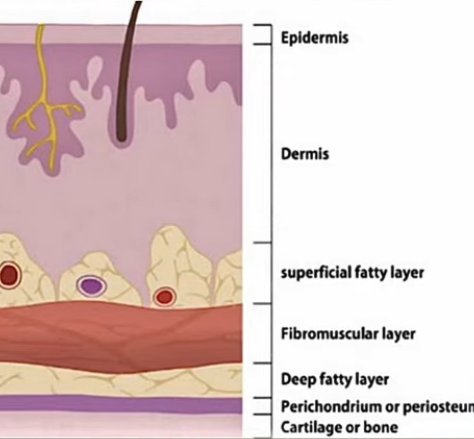
The most common ‘tool’ to do shoulder filler is a Cannula. Due to it being safer for large-volume fanning.
The ideal gauge of the cannula is between 22G or 25G. And the ideal length is 50-70mm
Where to inject for aesthetics?
The trick is to inject the fillers to give a 3d look rather than a 2d one by just injecting the side delts. This way it looks more natural and more like muscle rather than filler.
Though it would be more expensive injecting an extra 5-10 CC on the front and back delts on top of 15 CC on the side felt is the best play for natural looking shoulders.
As for how you go about injecting this video gives a decent idea of how to do it
Conclusion
Shoulder filler can be a cheaper alternative to clavicle lengthening surgery and can be useful for framecels who still have dog shit frame even after roiding. And can potentially a combination of both can give a mogger frame to anyone even if you’re a framecel atm.
However I do not believe it’s worth it if you have a normal frame mainly due to the cost.
Tagging
@Orka @FlotPSL @HighIQ ubermensch @Volksstaffel @MaracasMogs
Before starting this is more a theory rather than solid advice.
Shoulder width is one of if not the most important factor in your physique. Most roiders can expect 2-3 inches of bideltoid growth.
Well what if I told you that you could gain an instant 1 inch of bideltoid width for relatively cheap (this can potentially be as effective as clavicle lengthening)?
You’d be amazed, well this is what filler can potentially do.
What benefits/ proof is there to these claims?
Unlike implants thst can look realistic due to imitating soft tissue rather than hard bone.
What do I have to back up these claims?
Well it is not an uncommon procedure to have as a women and just take a look at the results for yourself



As you can see the results are actually pretty good. However the only before and after I have seen in men has been lackluster


Still a difference but not quite as good as the women’s before and after pictures.
Well no study has actually done any real testing to determine the exact increase in bideltoid width but it is safe to say you could realistically gain an inch (so 1.25 cm each side)
Now what are the negatives
Well there are 3 main negatives to note.
The first one is less definition in the long run. This is mainly due to the fact that you have to use high amounts of filler to see results.
However how much does shoulder definition actually matter to the physique?
The answer is that it’s not even close to bideltoid width.
Another negative is that migration will probably be a problem you face. This due to the fact that you’re injecting high amounts of filler (15 cc+) and it’s in an area with high mobility. However this effect can be lessened by using harder and more viscous filler. As well as injecting deeper. Also does it really mattering.
As where could the filler actually migrate to?
At worst it could make your bicep less defined. But as stated earlier bicep definition doesn’t really matter for your physique when compared to something like bideltoid width.
A final negative is you have to use over 15 CC per shoulder which means it can be very expensive. A normal price of a clinic is £300 per ml. This means if you get it done professionally it can cost upwards of £10,000. This is why it’s imperative to use a filler that lasts a longer period of time. Otherwise it would be too expensive and not worth it.
How to do it?
I’m not saying do it diy, that would be stupid but rather to inform you what your doctor should do.
The shoulder is scattered with nerves

The main one being the axillary nerve

Luckily most of the nerves aren’t located where we are injecting in the shoulder.
How can you reduce the chances of nerve damage?
Inject small amounts at a time. This way if you do hit a nerve it will do less severe damage.
Check whereabouts the veins/ arteries are using ultrasound and Accuvein device.
Injecting into deeper layers. This is because it is moving the injection point away from superficial nerves, which are more vulnerable to direct needle injury or compression from filler.

What type of filler/ needle is best?
The best type of filler to use in this situation is Poly-L-lactic acid (Sculptra) rather than Hyaluronic Acid (HA). This is due to the fact it has lower migration rates and lasts longer.
Even though it has a higher upfront cost in the long run it is cheaper due to HA only lasting about 6-12 months compared to Sculptra lasting 2-3 years or even longer in some cases.
Another negative is it’s harder to reverse meaning if they make a mistake it can potentially not go away.
A final thing is that you won’t see instant results like you would HA. This is due to the fact it takes collagen many months to develop.
Your goal of where to inject is into the deep fatty layer or fibromusclar area. This is because the goal is to stimulate collagen in the fibrous tissue layer (between skin and muscle). Injecting too deep into muscle reduces collagen effect of Sculpta.

The most common ‘tool’ to do shoulder filler is a Cannula. Due to it being safer for large-volume fanning.
The ideal gauge of the cannula is between 22G or 25G. And the ideal length is 50-70mm
Where to inject for aesthetics?
The trick is to inject the fillers to give a 3d look rather than a 2d one by just injecting the side delts. This way it looks more natural and more like muscle rather than filler.
Though it would be more expensive injecting an extra 5-10 CC on the front and back delts on top of 15 CC on the side felt is the best play for natural looking shoulders.
As for how you go about injecting this video gives a decent idea of how to do it
Conclusion
Shoulder filler can be a cheaper alternative to clavicle lengthening surgery and can be useful for framecels who still have dog shit frame even after roiding. And can potentially a combination of both can give a mogger frame to anyone even if you’re a framecel atm.
However I do not believe it’s worth it if you have a normal frame mainly due to the cost.
Tagging
@Orka @FlotPSL @HighIQ ubermensch @Volksstaffel @MaracasMogs



